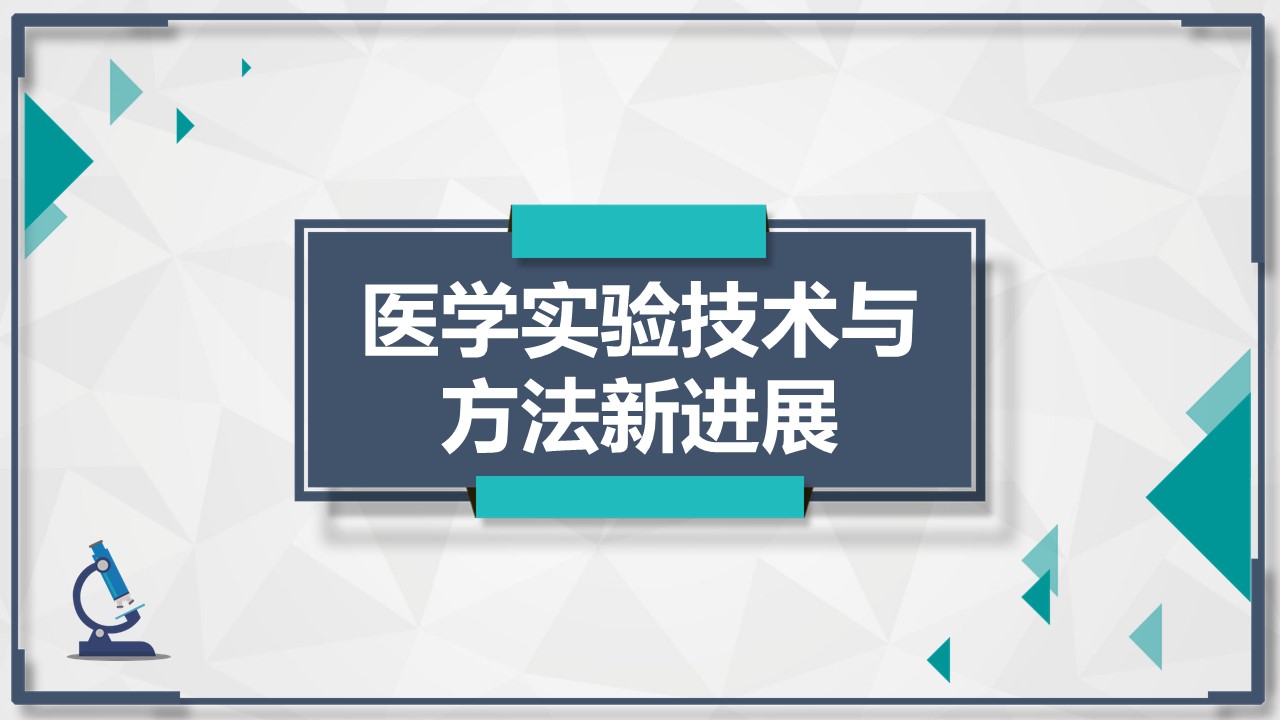
当前课程知识点:Green Economy from China's Stories > 9. Ecological Footprint > 9.3.2 Research Industry > 9.3.2 Research Industry
返回《Green Economy from China's Stories》慕课在线视频课程列表
返回《Green Economy from China's Stories》慕课在线视频列表
大家好
欢迎进入
《绿色经济与中国实践》大课堂
这一节
我们向大家介绍生态足迹研究行业
上一节的时候 我们主要从不同的尺度
来给大家介绍生态足迹
本节我们就是分行业给大家
介绍
生态足迹的研究应用
相对于上一节研究主要是
以报告形式展现给大家
这一节里面的内容主要是
通过一些研究论文的形式展现
我们可以查到大量的资料
比方说分行业可以分哪些行业呢
可以按农业 旅游业 能源 交通 采矿业
以及国际贸易等等 可以分种
多种行业我们来进行一些研究
下面我给大家选取几个案例
给大家详细的解释一下
首先来说旅游业 比如说现在有一些
自然风景区
像九寨沟风景非常美丽
这个时候会有大量的游客去旅游
但是这个旅游肯定会产生一些生态足迹
也是对当地的资源和环境造成影响
这个时候如果说我们要评估这个旅游业
尤其是对这些自然风景区造成的影响的时候
我们就可以用这个旅游业的
生态足迹计算模型来做这些事
通过计算旅游目的地的生态承载能力
以及游客消耗的生态足迹 来评估
旅游目的地的生态盈余情况
提供建议和措施
进而对其旅游可持续发展
也就是我们可以确定这个地区每年
承载多少游客是一个比较理想的状态
如果说旅游游客过多的时候
可能就潜在开始要对生态环境有一定的迫害
这个时候我们就要引起注意
同时关于旅游业的这个模型
我们下面可以再对它进行一个细分
就是我们详细的去选取指标的时候
找这个数据的时候 我们可以按旅游的交通
造成的影响 旅游的住宿 旅游的餐饮
还有这过程中的娱乐 观光 购物等等
这些子模块 我们分别去进行一个统计和汇总
来做这些子模块的研究 然后汇总成整个旅游业
的一个生态足迹的一个分析
第二就是农业部分 农业部分这部分工作
可以有效衡量农业的
可持续发展状况一个报告
这里面农业部分其实涉及到的方方面面也非常多
这里面包括农作物的生态足迹
还有畜牧业
还有林业
还有渔业
农业是碳足迹
农业水足迹
农业废弃物的生态足迹等等
这些方面都是我们可以再细分的去做的
因为不同地区的农业可以
分的种类也非常多
比如说我们要调整农业内部的一些结构的时候
我们关注农业哪些方面它的生态足迹比较大
可以为我们政策制定 调整产业结构来做
一些提供一些参考依据
现在来说大家比较关注的就是农业这个
碳足迹和水足迹
可以为农业节能减排以及
农业节水这方面
后续研究提供一个支撑
此外还有能源 能源也是现在各国学者随着
这个气候变化研究非常热门的一个行业
这里面涉及到有交通系统的
这个能耗和利用率
对区域生态足迹
和可持续发展影响
比方说
我们交通系统 汽车主要是以这个汽车烧的
燃油 还有航空公司烧的燃油 它的生态足迹多少
比方说我们可以去试着计算一下
中国航空业
或者说中国国航 它的每年的生产和运营过程中
它的碳足迹是多少
其次我们还可以去做一些对比
比方说我们对比一个
燃油汽车和一个电动汽车 它们的生态足迹是有多大的差异
我们现在国家在大力的推动新能源汽车
的一个推广 那到底我们新能源汽车
我们使用一年和汽车燃油汽车使用一年
我们减少多少生态足迹 这方面我们感兴趣
的同学也可以去做一个探索
这就是以石油为待用的这个燃料作为动力的
环境友好型汽车的生态足迹
这方面我们如何替代石油 这个时候我们就说
这个汽车是环境友好的 那这个时候我们可以用
生态足迹来给他做一个计算 以此来用
量化数据给提供一些支撑
此外还有可以构建能源的CGE模型等等其他模型
来结合环境库斯涅斯曲线 分析能源利用的消费现状
这也是我们现在大量学者在做的这个事
包含环境库兹涅斯曲线
我们什么时候能够实现一个脱钩
什么时候我们经济发展依然发展
但是我们的生态足迹开始下降
这是我们现在研究一个比较热门的一个话题
此外还包含其他行业里面有工业 工业主要
就是对生态安全状况进行定量的一个分析
比方说我们要在一个地方规划一个工业园区
那这个地方的工业园区 这个县城或者说这个城市
这一片区域 它的生态承载能力是怎么样的
足不足以能够支撑你这边发展工业
这个地方的生态是否过于脆弱
此外还有国际贸易也是现在非常热门的
一个研究领域
就是测度商品进出口
对国际贸易双方的生态环境的影响
这些其实也非常适合大家去做一些研究
比方说我们中国每年生产了大量的衣服
纺织品 电脑 电器
电子产品出口到
其他国家 在生产这些产品的过程中 我们排放了
大量的二氧化碳等等其他
也消耗了大量的自然资源
这个时候
我们如果说我们去做一个计算
我们计算每年因为中美贸易或者中欧贸易
导致中国产生的这个额外的生态足迹
中国在国际谈判的过程中 就可以去提这件事情
以前欧美发达国家
消费了中国廉价的
这个出口产品 但是他们并没有为
这些生态足迹承担相应的责任
这是中国在国际谈判中需要注意的这些潜在
的一些现象 可以用我们这些工具来实现
这也是希望同学们能在做这方面的一些探索
相应的国际贸易数据
在联合国网站上都有
一些官方的数据 我们可以拿过来来使用
好 本节课
关于分行业来进行生态足迹的研究的内容就讲到这里
感谢大家的观看 谢谢
-1.1.1 Global Environmental Issues and Ecological Crisis
--1.1.1 Global Environmental Issues and Ecological Crisis
-1.1.2 Environmental Issues and Governance Results in China
--1.1.2 Environmental Issues and Governance Results in China
-1.2.1 Attention from the International Community to Ecological and Environmental Issues
--1.2.1 Attention from the International Community to Ecological and Environmental Issues
-1.2.2 Reflection of the International Community on Ecological and Environment Issues
--1.2.2 Reflection of the International Community on Ecological and Environment Issues
-1.2.3 China's Practice of Ecological and Environmental Protection (a)
--1.2.3 China's Practice of Ecological and Environmental Protection (a)
-1.2.3 China's Practice of Ecological and Environmental Protection (b)
--1.2.3 China's Practice of Ecological and Environmental Protection (b)
-1.3 The Origin of Ecological and Environmental Issues
--1.3 The Origin of Ecological and Environmental Issues
-Chapter I Test
-2.1 Teaching Materials
-2.2 Practice in China
-Chapter II Test
-3.1 Research Hotspots
-3.2.1 Industrial Ecology
-3.2.2 Environmental Value Spillover
--3.2.2 Environmental Value Spillover
-3.2.3 "Two Mountains" Theory (a)
--3.2.3 "Two Mountains" Theory (a)
-3.2.3 "Two Mountains" Theory (b)
--3.2.3 "Two Mountains" Theory (b)
-Chapter III Test
-4.1.1 International background
--4.1.1 International background
-4.1.2 Background in China
-4.2 3R Principles
-4.3 3 levels
-4.4.1 Progress
-4.4.2 Policies
-Chapter IV Test
-5.1 The concept of Low-carbon Economy
--5.1 The concept of Low-carbon Economy
-5.2 The origin of the Low-carbon Economy theory
--5.2 The origin of the Low-carbon Economy theory
-5.3 Practice in Developed Countries
--5.3 Practice in Developed Countries
-5.4 Practice in China
-Chapter V Test
-6.1 The Concept of Green Economy
--6.1 The Concept of Green Economy
-6.2.1 Development and Research Progress of the Green Economy
--6.2.1 Development and Research Progress of the Green Economy
-6.2.2 Actions on Green Economy and Future Development Trend of Green Economy
--6.2.2 Actions on Green Economy and Future Development Trend of Green Economy
-6.3 Assessment Methods for Development of Green Economy
--6.3 Assessment Methods for Development of Green Economy
-6.4.1 Formation and Application of Green Economy Development Thought
--6.4.1 Formation and Application of Green Economy Development Thought
-6.4.2 Practice and Inspirations of Green Economy Development
--6.4.2 Practice and Inspirations of Green Economy Development
-Chapter VI Test
-7.1 The Concept of Sustainable Development
--7.1 The Concept of Sustainable Development
-7.2.1 The formation of sustainable development in China
--7.2.1 The formation of sustainable development in China
-7.2.2 China's Achievements in Sustainable Development
--7.2.2 China's Achievements in Sustainable Development
-7.3.1 EKC Hypothesis and Its Origin
--7.3.1 EKC Hypothesis and Its Origin
-7.3.2 Enlightenment of EKC on China's Environmental Governance
--7.3.2 Enlightenment of EKC on China's Environmental Governance
-Chapter VII Test
-8.1 The Connotation and Assessment Significance of Ecosystem Service Value
--8.1 The Connotation and Assessment Significance of Ecosystem Service Value
-8.2 The Research Progress of Ecosystem Service Value Assessment
--8.2 The Research Progress of Ecosystem Service Value Assessment
-8.3 Practice in China
-Chapter VIII Test
-9.1.1 Theoretical Concept
-9.1.2 Research Prospect
-9.2 Development Process of Ecological Footprint
--9.2 Development Process of Ecological Footprint
-9.3.1 Research Scale
-9.3.2 Research Industry
-Chapter IX Test
-10.1 Environmental Policy Assessment Standards
--10.1 Environmental Policy Assessment Standards
-10.2 Types of Environmental Policies (a)
--10.2 Types of Environmental Policies(a)
-10.2 Types of Environmental Policies (b)
--10.2 Types of Environmental Policies(b)
-10.3 Case study——River Chief Policy
--10.3 Case study——River Chief Policy
-Chapter X Test
-Final exam
--Final exam







